Business

5 min
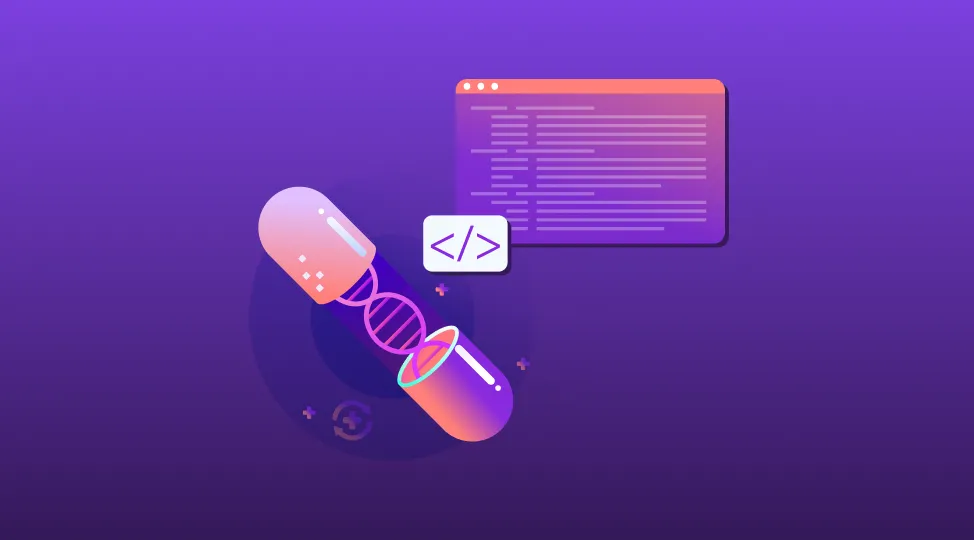
Learn how pharmacy management software development streamlines dispensing, inventory, billing, and patient engagement. This comprehensive guide covers software types, core modules, tech stack, step-by-step process, must-have 2026 features, costs, and tips for hospitals and independent pharmacies. Build secure, interoperable, cloud-ready pharmacy management software that reduces errors and improves care outcomes.

By Dhruv Joshi
12 Nov, 2025
Do you need a cloud-first pharmacy platform that plugs into EHR, eRx, and delivery without blowing up timelines? Or are you trying to scale multi-location operations while keeping costs, compliance, and patient experience in check? This guide is for you!
Medication safety and efficiency are under pressure across every setting. The World Health Organization forecasts that medication errors cost the global health system about $42 billion each year, a burden that lands on hospitals, retail pharmacies, and patients alike. World Health Organization.
Meanwhile, studies show that electronic prescribing can significantly cut prescribing errors. One 2024 analysis found a drop from 1.43% to 0.51% after targeted system improvements.
This guide walks you through pharmacy management software development from first principles to deployment. It explains the software types, core modules, must-have features for 2025, development strategy, and realistic cost ranges so you can plan with confidence and deliver safer, faster care.
Pharmacy management software is basically the nerve-center for your pharmacy. It keeps everything in one place - dispensing, inventory, billing, insurance claims, compliance, clinical checks, patient messages - so the day-to-day work actually flows.
It does the right medicine get to the right patient, at the right time, every time. No hunting through spreadsheets, no guessing where an order is stuck, less “did we already check that?”.
If you’re a single-store independent, this is the stuff the owner often juggles by hand - reorders, labels, claims, callbacks - pulled together in one screen. It saves clicks, cuts errors, and honestly makes the bench feel a bit calmer.
For hospitals and health systems, it integrates with EHRs, ADCs, and compounding robots so medication-use processes remain accurate, auditable, and fast.
Medication order intake (e-prescriptions, paper, fax, phone) with duplicate therapy and interaction checks.
Inventory and procurement to forecast demand, manage primary/secondary wholesalers, and track lot/expiry.
Dispensing workflows covering labeling, verification, controlled-substance handling, and fills/refills with audit trails.
Billing and claims for retail (NCPDP), specialty, and inpatient charge capture.
Clinical decision support (allergies, dosing ranges, renal adjustments) for safer dispensing.
Reporting/analytics to monitor cost, shrink, turn rates, and quality metrics.
Patient engagement features in pharmacy management software such as refill reminders, two-way SMS, adherence tracking, pickup scheduling, and multilingual instructions.
Adoption of automation and digital workflows keeps climbing, with the pharmacy automation market projected to grow steadily through 2030. Robust pharmacy software development can reduce manual work, accelerate cycle times, and free pharmacists for clinical tasks like medication therapy management and transitions of care exactly where they create the most value.
Different pharmacy environments require different capabilities. Below are the common pharmacy software categories and where each fits.
All-in-one platforms that cover dispensing, inventory, patient profiles, clinical checks, billing/claims, and reporting - best for independents and chains that want a single backbone.
Purpose-built tools to track stock levels, expirations/recalls, turns, and automated purchase orders with multi-wholesaler pricing - ideal for reducing out-of-stocks and waste.
Automates retail transactions, taxes, receipts, coupons/loyalty, and insurance claims (e.g., NCPDP telecom) - useful for front-of-house speed and cleaner revenue cycles.
Secure electronic transmission and intake of prescriptions to reduce handwriting errors and speed up verification; often includes duplicate therapy and interaction checks.
Designed for 503A/503B operations with formula management, gravimetric checks, beyond-use dating (BUD), cleanroom logs, and label control.
Aggregates operational and clinical data for dashboards and ad-hoc analysis - think adherence metrics, first-pass claims rates, cost-to-dispense, and revenue drivers.
Orchestrates tasks across stations (intake → verification → fill → pickup/delivery), minimizes manual touchpoints, and supports centralized verification or remote checks.
How to choose: Your mix depends on size, regulatory environment, and service model. Independents often prioritize simple POS, refill UX, delivery scheduling, and tight inventory. Health systems emphasize sterile compounding checks, ADC/robotics integration, and auditability. Specialty pharmacies focus on prior authorizations and hub data exchange. Whatever your context, plan for future scale (multi-location), and assess whether centralized verification or procurement could lower cost and improve consistency.
A robust platform is a set of well-designed modules that click together without friction. Here are the building blocks you’ll see in modern pharmacy management software.
| Module | What it Does | KPIs to Watch |
|---|---|---|
| Order Intake & eRx | Ingests e-prescriptions, digitizes paper/fax, de-duplicates, validates prescriber & patient | eRx adoption %, new-to-therapy time, error rate |
| Clinical Decision Support | Checks allergies, interactions, duplicate therapy, dose limits, renal dosing | Intervention rate, overrides, ADEs avoided |
| Dispensing & Verification | Barcode/NDC checks, image verification, remote verification for telepharmacy | Dispense accuracy, verify time per Rx |
| Inventory & Procurement | Forecasts demand, auto-reorders, tracks lot/expiry, manages recalls | Turns, out-of-stock rate, expiry loss |
| Compounding | Formula management, gravimetrics, cleanroom logs, BUD control | Batch yield, deviations, audit findings |
| Billing & Claims | NCPDP or hospital charge capture, payer rules, rejection handling | First-pass acceptance %, DSO, write-offs |
| Point of Sale (POS) | Payments, coupons, loyalty, receipts, taxes | Queue time, basket size, payments mix |
| Patient Engagement | Reminders, 2-way chat, education, adherence, delivery scheduling | Refill on-time %, PDC/MPR, no-show rate |
| Delivery Management | Route planning, proof of delivery, courier APIs | On-time delivery %, cost per stop |
| Analytics & Custom Reporting | Trend dashboards, compliance logs, operator productivity | Scheduling efficiency, shrink, cost-to-dispense |
| Security & Compliance | Role-based access, audit trails, encryption, DEA/REMS | Access violations, audit exceptions |
Interoperability: Use standards (HL7 v2, FHIR, NCPDP SCRIPT) so you can plug into EHRs, HIEs, ADCs, and wholesaler catalogs without brittle custom code.
Safety by design: Build barcode checks, tall-man lettering, and hard stops for high-risk meds into workflows, not as afterthoughts. Evidence consistently shows that e-prescribing and structured checks reduce avoidable errors in ambulatory care.
A clear roadmap saves months. Here’s a proven path you can adapt to your size and setting.
If you don’t have in-house capacity, partner with a Custom app development company that knows healthcare data standards and dispensing workflows. A good partner like us, Quokka Labs, will prototype quickly, integrate safely, and hand you real metrics, not slideware.
| Phase | Deliverables | Decision Gate |
|---|---|---|
| Discovery | Current-state map, KPIs, prioritized backlog | “Go/No-Go” for prototype |
| Design | Clickable prototype, service map, data model | Usability sign-off |
| Build 1 | eRx, inventory, dispensing, billing MVP | Safety sign-off |
| Build 2 | Compounding, delivery, telepharmacy, analytics | Pilot-ready |
| Pilot | Parallel run report, gap fixes | Rollout approval |
| Rollout | Training, SOPs, support SLAs | Handover to ops |
Use this as a baseline and tailor it to your size, compliance needs, and team skills.
Core choices by layer
| Layer | Recommended Options | Why It Fits Pharmacies |
|---|---|---|
| Frontend (Web/PWA) | React or Next.js (TypeScript), Vite build, Tailwind or CSS Modules | Fast, accessible, offline-capable UX at the bench and POS; PWA supports tablets and low-IT rollout environments. |
| Mobile Apps | Flutter or React Native | One codebase for patient apps (refills, reminders, delivery tracking) and driver apps (proof of delivery). |
| Backend Services | Node.js (TypeScript), .NET 8 (C#), or Java/Spring Boot | Mature ecosystems, strong validation, and excellent performance for high-throughput dispensing tasks. |
| API Style | REST + GraphQL for read-heavy dashboards; gRPC for internal service calls | Clean separation of domains; low-latency internal calls; flexible external integrations. |
| Interop & Healthcare Standards | HAPI FHIR (R4/R5), HL7 v2 engine (Mirth/NextGen Connect), NCPDP SCRIPT adapters | Standards-aligned data exchange with EHRs, eRx networks, ADCs, and wholesalers. |
| Database (OLTP) | PostgreSQL (primary) with optional read replicas | Reliable transactions and strong indexing for prescription + inventory workloads. |
| Messaging/Event Bus | Apache Kafka or RabbitMQ | Durable event logs for audit, parallel station processing, and real-time dashboards. |
| DevOps | Docker, Kubernetes, Terraform/IaC, GitHub Actions/GitLab CI | Repeatable, compliant deployments; easy rollout across multi-store networks. |
| ML (Optional, Guarded) | Python microservices, ONNX Runtime for forecasts | Demand forecasting, staffing prediction, claims rejection triage—kept interpretable and auditable. |
Small independent: Monorepo, Node.js + PostgreSQL, Redis, REST APIs, React PWA, Print service, minimal Kafka (or start with RabbitMQ), GitHub Actions.
Multi-store chain: Microservices with Kafka, read replicas, GraphQL gateway, centralized FHIR facade, ClickHouse/Snowflake for analytics, Kubernetes with blue/green deploys.
Hospital setting: Spring Boot or .NET for stringent governance, robust HL7 v2 interfaces, FHIR server, service mesh (Istio/Linkerd) for zero-trust, and dedicated compounding/ADC connectors.
Non-negotiables: end-to-end encryption, immutable audit logs, barcode-first flows, and standards-based interop (FHIR/NCPDP/HL7 v2). Build feature flags in from day one to pilot safely.
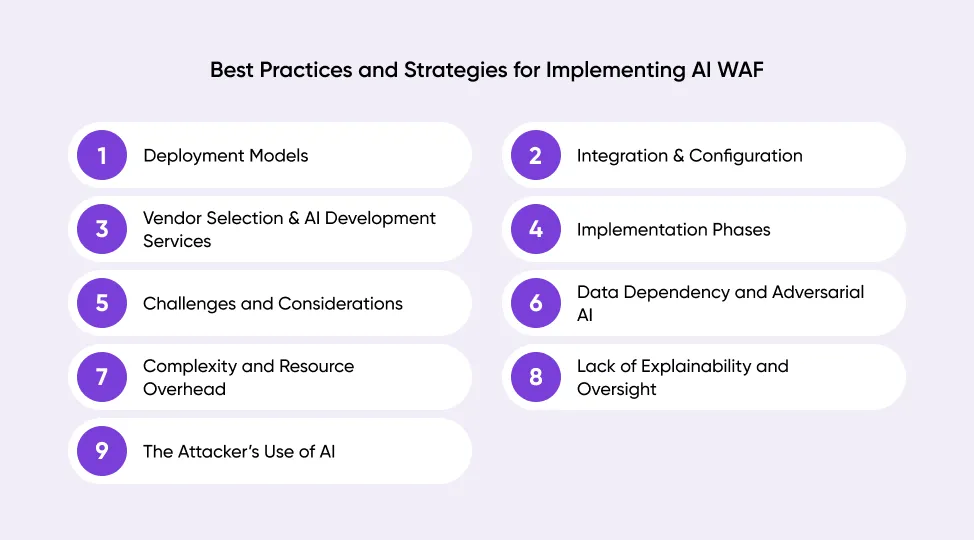
The bar keeps rising. These features are now table stakes if you want safe, efficient operations and patient loyalty.
If you plan mobile-first engagement, evaluate top-rated cloud solutions for independent pharmacies with custom reporting needs and ask for a live demo of complex filters if reporting is real, you should be able to segment by payer, drug class, and prescriber in seconds.
When comparing partners, scan analyst lists of Top Healthcare App Development Companies to understand who has live references in pharmacy settings.
Every pharmacy’s needs differ, but you can estimate ranges by scope, integrations, and validation depth. Use the table below to frame budgets. These are ballpark ranges for a modern cloud build with strong safety, integrations, and analytics.
One-time build and rollout (indicative)
| Scope | What’s Included | Typical Range (USD) |
|---|---|---|
| MVP – Independent Retail | eRx intake, inventory, dispensing, POS, basic reporting | $180,000 – $350,000 |
| Advanced Retail / Multi-store | MVP + delivery, enterprise analytics, centralized verification | $350,000 – $700,000 |
| Hospital Core | EHR integration (HL7/FHIR), charge capture, eMAR interface, ADC integration stubs | $500,000 – $1M |
| Sterile Compounding Add-on | Formula mgmt, gravimetrics, cleanroom logs, BUD controls | $120,000 – $350,000 |
| Specialty Add-on | Prior auth, REMS, hub data, benefit investigations | $150,000 – $400,000 |
| Telepharmacy / Remote Verification | Secure image/video capture, remote check workflow | $80,000 – $250,000 |
| Patient Mobile Apps (PWA + Native Shell) | Refill, reminders, delivery tracking | $120,000 – $300,000 |
Recurring costs (indicative)
| Cost Category | What Drives It | Monthly Range |
|---|---|---|
| Cloud hosting & DB | Volume (scripts/day), retention rules, redundancy | $2,000 – $10,000 |
| Third-party APIs | eRx network, SMS, payment, courier | $1,500 – $6,000 |
| Support & Enhancements | SLA level, release cadence | $8,000 – $30,000 |
Where costs go up: Complex EHR interfaces, robotics, custom analytics, and strict validation. Adding virtual care? Plan a separate telemedicine track for privacy + video quality.
Why invest: Digital checks cut prescribing errors and make data clearer - safer care, less rework. Plus, the pharmacy software/automation market is growing steadily this decade, so you’re building on a rising tide.
Pharmacy software today is about safer, faster, measurable workflows - from first script to last-mile delivery. Start with the key workflows, build interoperability from day one, and tie every feature to a metric.
Quokka Labs works like your product team: we map bench workflows, prototype fast, and ship in short sprints with audit-ready logs, HL7/FHIR adapters, and barcode-first checks. The result: calmer benches, accurate inventory, honest reporting.
Ready to move? We’ll help you launch a platform that cuts errors, delights patients, and scales with your growth.
Generative AI Tech Stacks: Choosing the Right Tools for Scalable AI Development
By Dhruv Joshi
5 min read
Choosing Best Tech Stack for Web App Development: Performance, Cost, and Scalability
By Dhruv Joshi
5 min read
Top 9 Tech Stacks for Scalable Web Application Development
By Dhruv Joshi
5 min read
Generative AI Implementation Strategy: From Concept to Deployment (Step-by-Step Guide)
By Sannidhya Sharma
5 min read
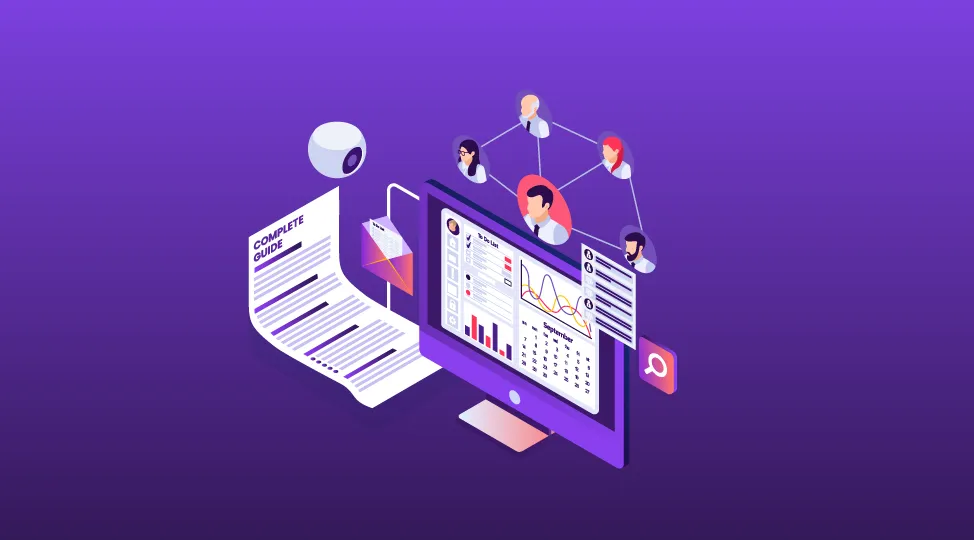
Business

5 min
Plan hr software development the practical way: must-have HRMS features, event-driven architecture, integrations, security controls, and a clear build roadmap. Use cost ranges, effort tables, and partner checklists to choose reliable hr software development companies. See persona-based workflows, a build-vs-buy matrix, and budget levers to launch an HRMS that reduces errors, speeds onboarding, and delivers audit-ready analytics.

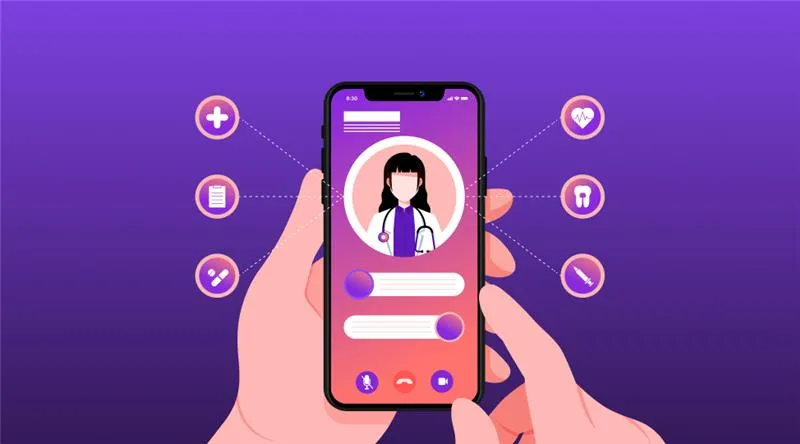
Business

5 min
Telemedicine app development is transforming healthcare by enabling secure, remote care through video, chat, and monitoring tools. Telemedicine apps support urgent care, chronic management, and mental health, while key features include e-prescriptions, EHR integration, and secure payments. Choosing the right telemedicine app development services partner requires proven healthcare expertise, HIPAA/GDPR compliance, scalable cloud architecture, transparent pricing, and strong post-launch support.


Business

5 min
AI now powers decisions, products, and customer journeys, but it also expands your risk surface. This guide shows how to stay compliant by pairing AI security with strong governance. Learn the key frameworks, what auditors expect, and the practical steps, templates, and checks to build trustworthy, audit-ready AI systems without slowing innovation.

Feeling lost!! Book a slot and get answers to all your industry-relevant doubts